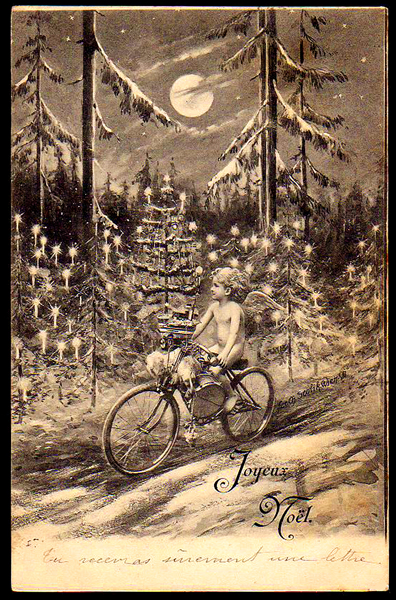Extended Range Dulcimer
Instruments- discuss specific features, luthiers, instrument problems & questions
barnjam:
Strumelia, your suggestion of arching the fingers is excellent, and I will try to improve on that.
I wrote a blog post on the angling of our fretting fingers that elaborates on that subject a little more- you might find something helpful in it:
https://dulcimer-noter-drone.blogspot.com/2012/07/lazy-fingers.html
barnjam: Yes, I'd like to play notes that dip below the "home" note of D on the melody string. I did try DAA tuning and I enjoyed the ability to hit those lower notes, but I was then limited on the higher octave.
You can't really have it both ways. If a string is tuned to D, you cannot play notes lower than that D (except if you start by playing in the higher octave, as you said). Adding inches to the fretboard and some additional frets near the nut will not change anything,
if you continue to tune your melody string to D .
Here is a very simple explanation of how an 'extended neck' Pete Seeger type long-necked (w/extra frets) banjo works- I find it helpful:
https://www.deeringbanjos.com/pages/understanding-longneck-banjos?srsltid=AfmBOoo4bvXWt71VmGRjwkBHRjKQaD0g1EMhYPkE42R3hx7m9mR8bc1i (banjos are most typically tuned to play in the key of G, and Pete frequently made use of
capos to play/sing in various keys on his longneck banjo)
Truthfully, I might be misunderstanding your request or your concept here. The bottom line though is that on any string, you cannot play notes lower than that particular string is tuned to... no matter how long the neck is or how many additional frets you put on.







